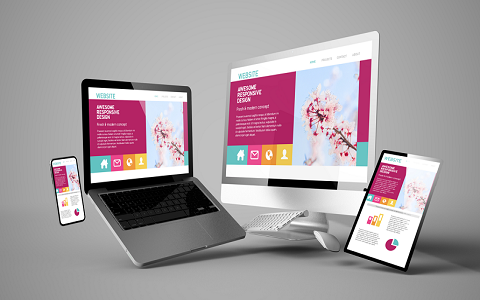
Web Designing (Coding)
Web designing is a dynamic and creative field that encompasses the process of creating visually appealing and user-friendly websites. A Web Designing course equips individuals with the skills and knowledge necessary to design and build engaging websites that effectively communicate a message, showcase products or services, and provide a positive user experience.
- HTML and CSS
- Responsive Design
- User Experience (UX) Design
- Graphic Design
- Duration : 6 months
- Web Design Tools
- JavaScript
- Content Management System
- Web Design Principles
- Fees : 12000/- (Full Course)
Key aspects covered in a typical Web Designing course include :
- HTML and CSS
These are the foundational languages of web design. HTML (Hypertext Markup Language) is used to structure content on the web, while CSS (Cascading Style Sheets) is used for styling and layout. Understanding these languages is essential for creating well-organized and visually appealing web pages
- Responsive Design
With the increasing use of various devices to access the internet,responsive design is crucial. Students learn how to create websites that adapt and function seamlessly across different screen sizes, from desktop computers to smartphones and tablets.
- User Experience (UX) Design
A good web designer understands the importance of user experience. This involves creating designs that are intuitive, easy to navigate, and provide a positive interaction for the website visitors. UX design focuses on user satisfaction and usability.
- Graphic Design
Visual elements play a significant role in web design. Students often learn graphic design principles and tools to create compelling images, logos, and other graphical elements that enhance the overall aesthetics of a website.
- Web Design Tools
Various tools and software are used in web design, and a course typically covers popular ones such as Adobe XD, Sketch, or Figma. These tools help designers create mockups, prototypes, and collaborate with developers.
- JavaScript
While not always the primary focus of a web design course, understanding the basics of JavaScript is becoming increasingly important. JavaScript allows designers to add interactivity and dynamic features to websites, enhancing the overall user experience.
- Content Management Systems (CMS)
Many websites are built on CMS platforms like WordPress or Joomla. Web designing courses may cover the basics of working with these systems to create, customize, and manage website content.
- Web Design Principles
Beyond technical skills, students also learn about design principles, color theory, typography, and other elements that contribute to creating visually appealing and effective websites
A Web Designing course prepares individuals for careers as web designers, UI/UX designers, front-end developers, or freelancers. The ever-evolving nature of web technologies makes continuous learning and staying updated with industry trends essential in this field. Aspiring web designers benefit not only from technical skills but also from cultivating a keen eye for design and a user-centric mindset.

